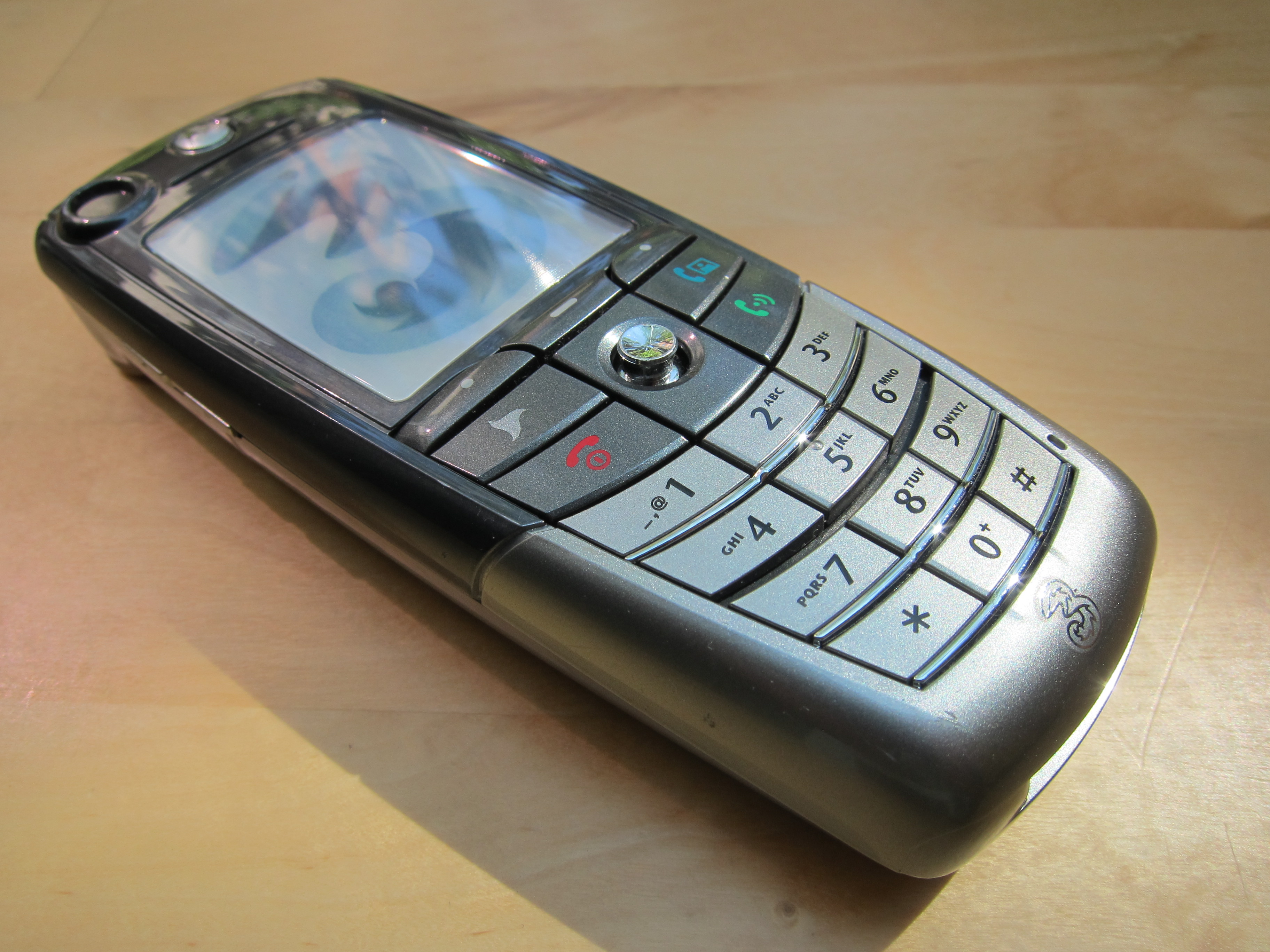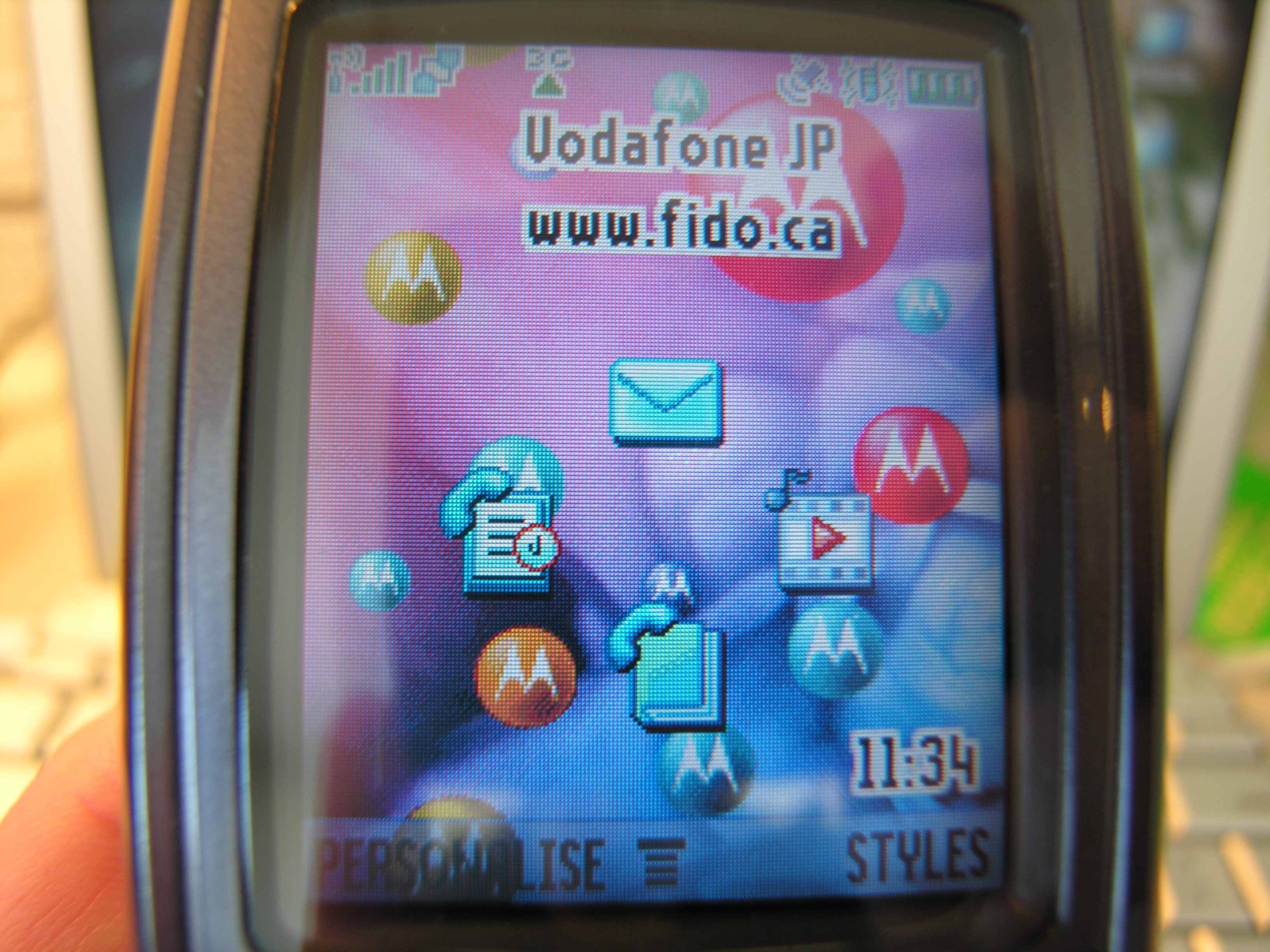I hated my first mobile with a passion because I saw no value in having one. Once I got hooked on the non-voice features, however — text messaging first, data later — it was a different story. At the dawn of the new millennium I had no idea of how powerful the lowly cell phone would one day become; my personal device wish-list had but two items:
- An address book that could be synchronized between phone and computer;
- A phone that could travel with me anywhere in the world.
My first wish was granted in the year 2000 courtesy of a plug-in module for a PDA . The next year I trialled my first “world” phone in Hong Kong, and bought another while I was there. But it wasn’t until 2007 and my first 3G handset that I was able to access Japan’s advanced mobile networks with my own device.
Then there was the third thing, a feature I didn’t even know I wanted until I saw it coming. By the summer of 2009 I could foresee a smartphone future that paralleled the present state of desktop computers and Linux — that the hardware would one day become a commodity, freeing its owner to use the operating system of his or her choice. Not two years later I had CyanogenMod on my first Android phone, and an entire universe of other custom ROMs just a download and install away.
The story of mobile phones doesn’t end here, of course. The hardware continues to evolve, not so much by leaps and bounds anymore as the touch-screen “fondleslab” has become the de facto standard. Internal components are faithfully following Moore’s law, getting ever smaller, better and cheaper. There has been a much more disruptive change in the manufacturers who bring the devices to market; the once-mighty Nokia and RIM have had their market share almost entirely usurped — first by Apple and now, it seems, by Samsung.
On the software side Android is widely acknowledged as the world’s dominant mobile phone OS; that the code is freely available to all ensures a healthy and diverse ecosystem of the aforementioned custom ROMs. But there are new players on the horizon: Firefox is set to release its own mobile OS in the very near future, and some ex-engineers from Nokia have vowed to continue the legacy of the Linux-based Maemo and MeeGo with a new startup called Jolla.
At some point down the road history might allow for a second edition of this book. For now, I can only marvel at the progress I’ve seen. Perhaps the most cherished sign of how far we’ve come is that people in public spaces are generally spending less time shouting into their mobiles and more time quietly interacting with them.
I’ll leave you with a final memory: At South by Southwest in 2011 I attended a movie première at Austin’s historic twelve hundred-seat Paramount Theatre, so packed that I could only get a seat in the last row of the balcony. The film was entirely forgettable, but I’ll always remember what I saw as the end credits began to roll. The huge auditorium in front of me was suddenly lit with the sparkle of a thousand tiny screens, silently reaching out to each other and the world beyond.
For this unabashed mobile phone geek it was a little bit like heaven.
]]>That November I boarded an overnight flight to London, the first leg of yet another once-in-a-lifetime trip that would take me onwards to Bangkok, Singapore, Taipei and Tokyo.
I was met the next morning in Piccadilly Circus by Tom Hall of WOM World, who graciously gave up his Sunday to give me a personal tour of London and loan me a Nokia for the destinations that lay ahead. Over brunch an N900 and N97 mini appeared on the table, plus a handset that was earmarked for me: the N86. Truth be told I was initially more drawn to the N900, being a desktop Linux user and all. But the N86 quickly proved to be the better choice — in fact, its camera was so good that my standalone point-and-shoot didn’t leave my suitcase for the next two weeks.
In Bangkok I took spectacular photos of the gold and purple Grand Palace and documented my first-ever tuk-tuk ride on video. I was also lucky enough to catch Al Pavangkanan, whom I’d met that summer on the N97 24/7 tour. Thanks to him I got to see Bangkok’s two famous IT malls, Pantip Plaza and MBK Center.
In Singapore I documented my first-ever durian fruit and a sunset view of the city skyline aboard the Singapore Flyer. I also got stood up by someone I was supposed to meet there. But I’m over it, really. More importantly, I snagged a local SIM card with unlimited data — a good thing, because by my fourth day abroad I had already burned through a two-week data roaming package from my carrier back home.
In Taipei I scored another local SIM, and kind of went insane with Qik, the live streaming video app that I first used on my E71. I kept it running over an entire breakfast in my hotel’s restaurant (much to the horror of the other guests there, I’m sure) and streamed an end-to-end walk-through of a night market. I’m pretty sure this is what would eventually win me that white N97 from the company.
In Tokyo there was sadly no option for local unlimited data. I spent about half an hour in a DoCoMo service centre before giving up and walking out, having come to the conclusion that the staff there were too afraid to talk to me. I also had a moment with one of the N86’s few shortcomings, Nokia Messaging. Nokia used to have a regular email client that worked great. Nokia Messaging was their “improved” next-generation email experience, designed to mimic the push email you could get on a BlackBerry. But this was no BlackBerry — quite possibly due to the low amount of RAM, Nokia Messaging on the N86 was crap. Deep within the bowels of Shibuya station I spent what seemed like an eternity struggling to find an email with directions to a dinner engagement; then I remembered that I could find that same message using a free email-over-WAP service.
Despite that little hiccup I ordered an N86 to call my own almost as soon as I got back to Toronto. The next spring it would accompany me on a visit to Moscow and a high school friend-turned-diplomat. That summer I got invited on another WOM World tour, this one promoting the N97mini to Canada. In a tricked-out recreational vehicle from Montreal to Toronto I got to hang with a Mr. James Whatley, whose 2009 bungee-jump over Victoria Falls with an N86 strapped to his wrist had first piqued my interest in this device.
The swan song for my N86 was a Kenyan safari in September of 2011. I had been to Mother Africa twice before and knew how popular Nokia phones were there. But I was caught completely off-guard by the presence of Android devices, at least in Nairobi. Every local carrier had not just one but an entire selection, from the cheap and cheerful to the high-powered and high-end. Kind of ironic considering I had left my Android phone at home and brought the N86 just for this trip.
That’s right, this unabashed Nokia fanboy was now a full-time Android user.
]]>There was just one problem: The damned things didn’t work.
Okay, that’s not entirely fair — I was able to send and receive text messages, at least. But repeated attempts to get the web browser to connect to something, anything, failed. Nor could I make either of our A835s do that other thing mobile phones are supposed to do. What was that again… oh right, make phone calls.
The handsets were butt-ugly, especially for Japan. Perhaps it was a good thing that the data didn’t work; I’d sure hate for the wrong person to see me use it, and be chased out of Akihabara by a jeering mob of keitai otaku (mobile phone geeks). I did manage to snap some blurry, pixelated VGA-quality photos here and there — certainly nothing worth printing out and getting framed.
What I remember most about this phone was using it to text my girlfriend in a frantic attempt to find her among the many and confusing aisles of Shibuya’s Tokyu Hands “Creative Life” store. When I finally found her she told me that all the while her phone had been in her purse and turned off, and why was I asking anyway?
]]>
Here’s Motorola’s A835, my first-ever experience with a 3G phone. And boy, did it ever suck. My then-girlfriend and I rented a pair of them from a Vodafone kiosk at Tokyo’s Narita airport in January, 2006. The one in the photo is a 3-branded dummy, in case you wondering.
Despite being unlocked and able to accept my Fido SIM card, I couldn’t get this thing to use data or even make phone calls. Best I could do was send SMS. In the midst of the world’s most advanced mobile phones this was fairly humiliating.
The browser didn’t end up making a connection. It never did.
The A835 was good for one thing: it gave me an opportunity to hear that craptacular “Hello Moto” ringtone for the first time. Hardly enough to justify two phone rentals and international text surcharges, though.
]]>